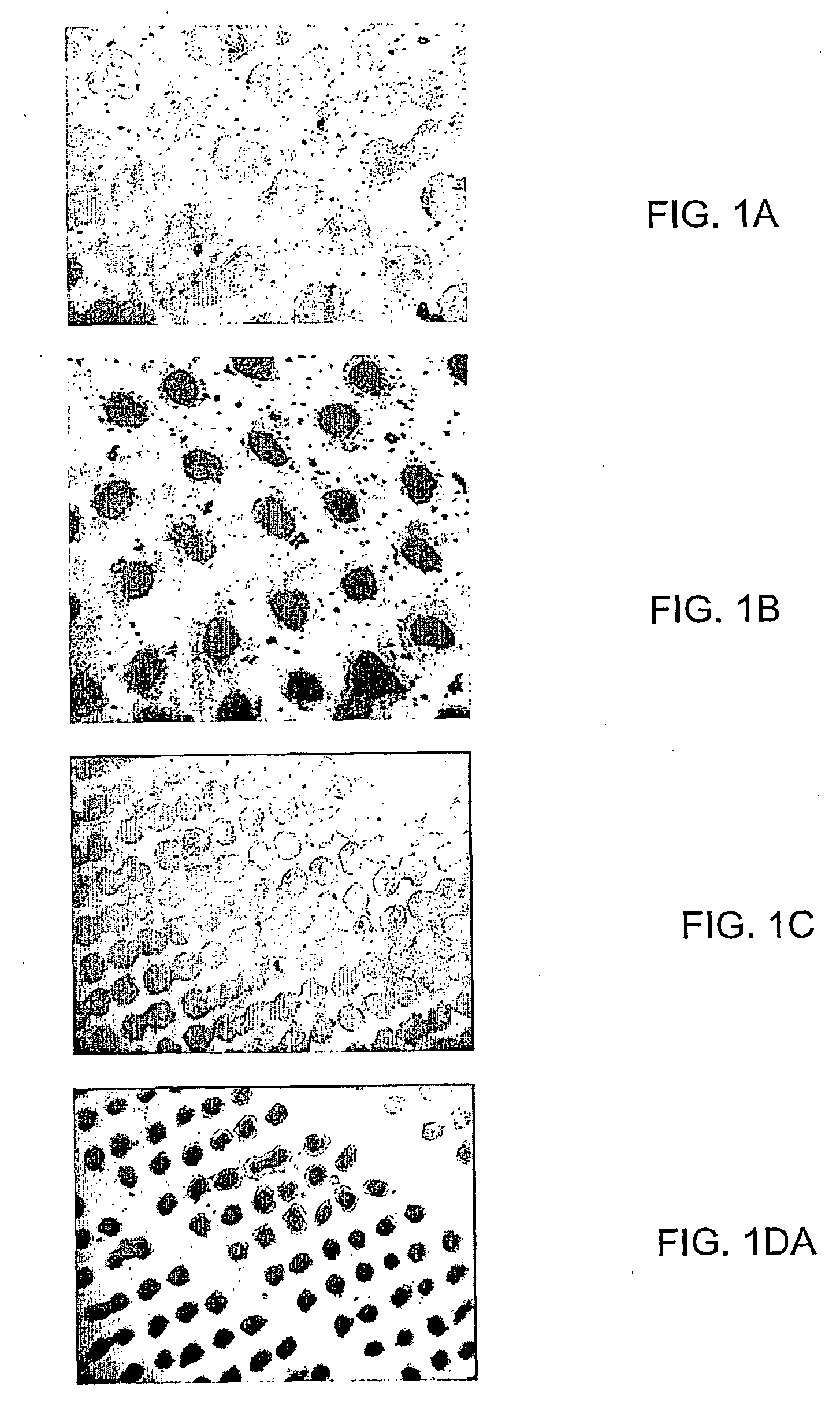Ink for Ceramic Surfaces
a ceramic surface and ink technology, applied in the direction of inks, other chemical processes, coatings, etc., can solve the problems of overheating color and burnout of mesh, difficult use of commercial ceramic inks in inkjet printing, waxy thermoplastic ink systems,
- Summary
- Abstract
- Description
- Claims
- Application Information
AI Technical Summary
Benefits of technology
Problems solved by technology
Method used
Image
Examples
Embodiment Construction
Pigments
[0074]Where the ink of the invention is intended to produce a colored pattern it contains, heat resistant inorganic pigments having an average size of less than 1.2 microns. Although in this invention we describe a black ink, the invention can be easily applied to pigments having other colors. These inorganic pigments can be oxides of metals such as chromium oxide, cupper oxide or mixed oxides CuCr2O3 (for black color), titanium dioxide (for white color), Red iron oxide (for red color), Nickel antimony titanium yellow rutile (for yellow color), Cobalt aluminum blue spinel (for blue color) etc. An important feature of the pigments, in order to be suitable for ink jet printing, is the requirement of very small size of the pigment. Conventional ceramic pigments, which are currently used for silk screen printing, or pad printing, are in the micrometer size range (as for example those mentioned in EP 1,223,201 that are 10μ), which is unacceptable for ink jet printing. Therefore, ...
PUM
| Property | Measurement | Unit |
|---|---|---|
| temperatures | aaaaa | aaaaa |
| size | aaaaa | aaaaa |
| size | aaaaa | aaaaa |
Abstract
Description
Claims
Application Information
 Login to View More
Login to View More - R&D
- Intellectual Property
- Life Sciences
- Materials
- Tech Scout
- Unparalleled Data Quality
- Higher Quality Content
- 60% Fewer Hallucinations
Browse by: Latest US Patents, China's latest patents, Technical Efficacy Thesaurus, Application Domain, Technology Topic, Popular Technical Reports.
© 2025 PatSnap. All rights reserved.Legal|Privacy policy|Modern Slavery Act Transparency Statement|Sitemap|About US| Contact US: help@patsnap.com

